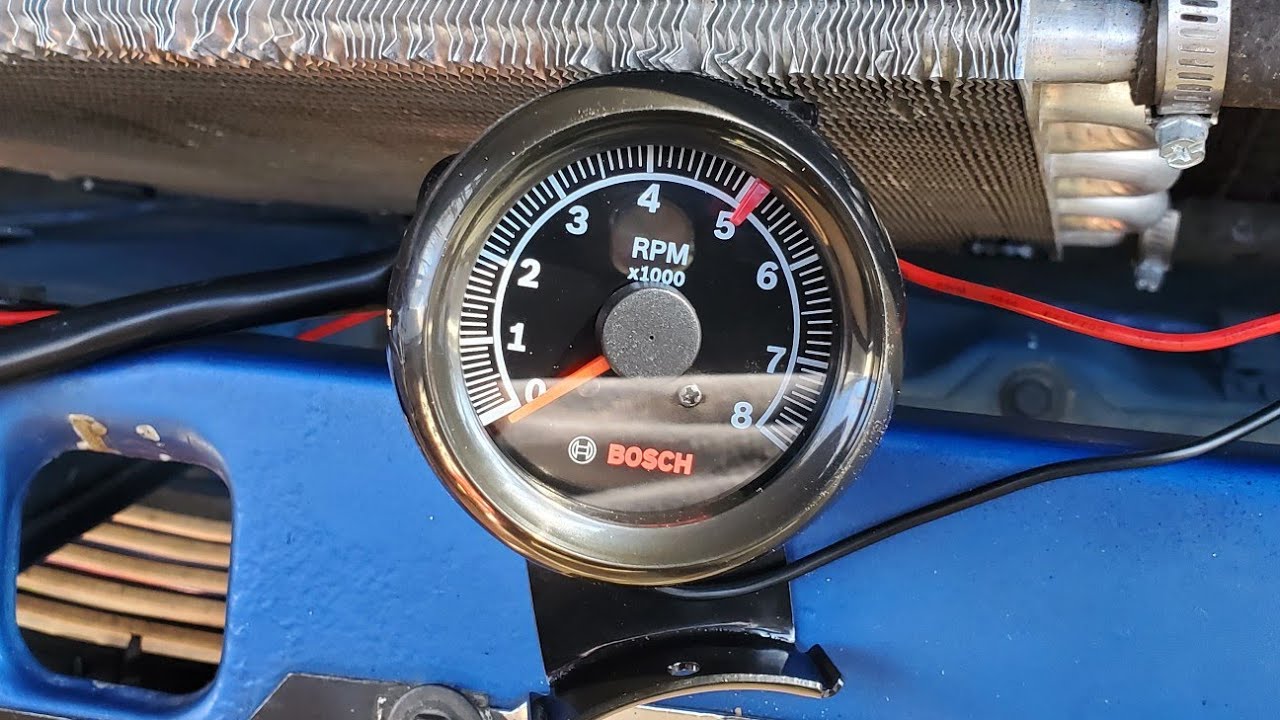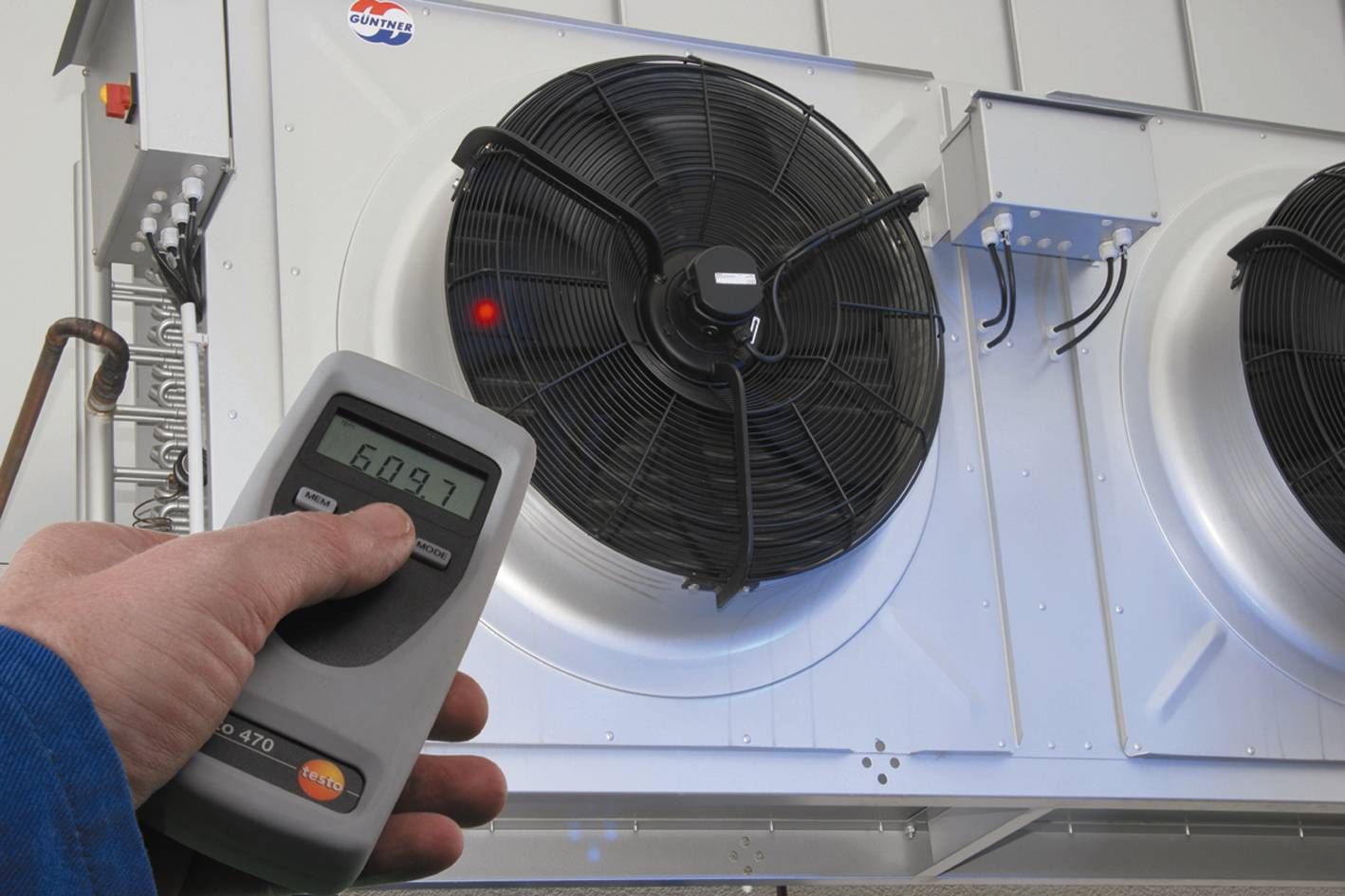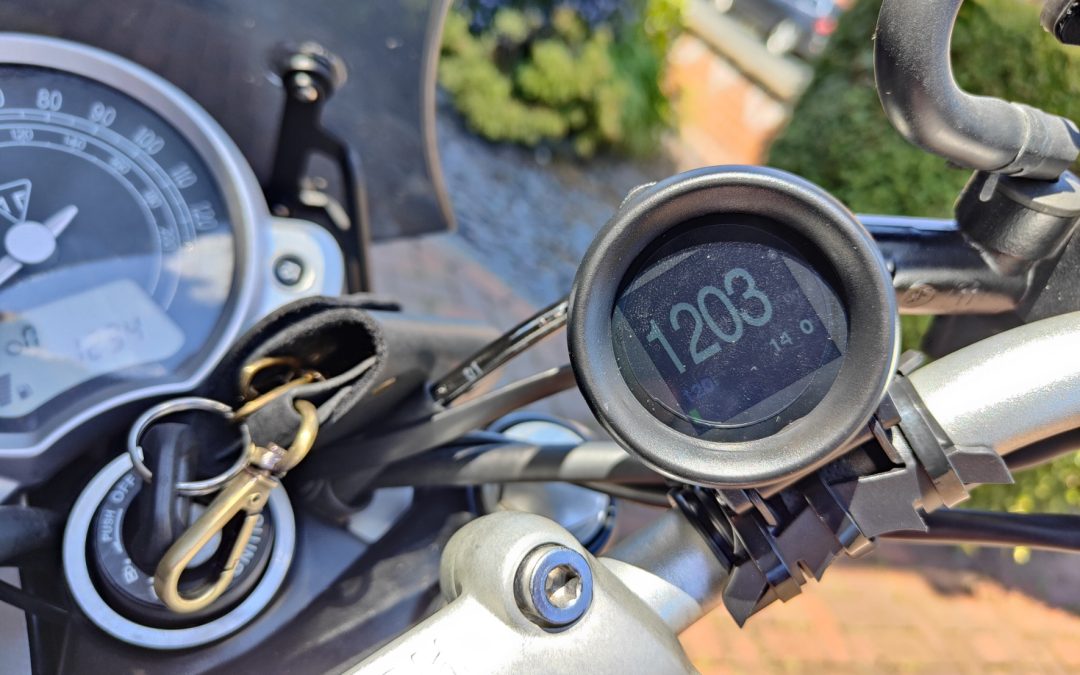Understanding how a fan tachometer works is crucial for Industry QA Professionals. Fan tachometers play an essential role in various industrial applications, ensuring machines operate efficiently and safely. In this article, we delve into the importance of fan tachometers, their working principles, types, and applications.

What Is a Fan Tachometer?
A fan tachometer is a device that measures the rotational speed of a fan or a motor. It is an essential tool in industrial settings where monitoring the speed of fans is crucial for maintaining operational efficiency and safety. By providing real-time data on fan speed, a tachometer helps in identifying issues such as imbalances, inefficiencies, and potential failures.
How Does a Fan Tachometer Work?
The functioning of a fan tachometer is based on the principle of measuring the rotational speed and converting it into readable data. The tachometer sensor detects the rotation of the fan blade and translates this motion into electrical signals.
Types of Fan Tachometers
There are several types of fan tachometers, each suited for different applications:
- Mechanical Tachometers: These utilize a dial and needle to display fan speed.
- Digital Tachometers: These provide a digital readout of the fan speed, often with additional functionalities like data logging.
- Contact and Non-Contact Tachometers: These measure speed through direct contact or without any physical contact, respectively.
Applications of Fan Tachometers
Fan tachometers find applications in various industries, including:
- Manufacturing: Ensuring the proper functioning of ventilation and cooling systems.
- HVAC Systems: Monitoring the efficiency of heating, ventilation, and air conditioning systems.
- Automotive Industry: Used in vehicle diagnostics to measure engine fan speeds.
Benefits of Using a Fan Tachometer
- Safety: Prevents potential hazards by alerting operators about abnormal fan speeds.
- Efficiency: Helps in maintaining optimal performance of equipment.
- Preventative Maintenance: Detects issues early, reducing downtime and repair costs.
Choosing the Right Fan Tachometer
When selecting a fan tachometer, consider the following factors:
- Accuracy: Choose a tachometer that provides precise measurements.
- Range: Ensure the device can measure the range of speeds pertinent to your application.
- Durability: Opt for a robust tachometer that can withstand industrial environments.
Installation and Maintenance
Proper installation and regular maintenance are key to the effective functioning of a fan tachometer. Regular checks and calibration ensure accurate readings and long-term reliability.
Troubleshooting Common Issues
Like any device, fan tachometers can encounter issues. Some common problems include inaccurate readings, no display, or intermittent data logging. Regular inspections and understanding the devices manual can mitigate these issues.
Advanced Features of Modern Fan Tachometers
Many modern fan tachometers come with advanced features like wireless connectivity, data logging, and integration with other industrial monitoring systems, enhancing their utility and ease of use.
Technology Driving Fan Tachometers
Emerging technologies such as IoT and AI are revolutionizing fan tachometers by enabling smarter, more connected devices. These advancements provide deeper insights and predictive analytics, improving maintenance and operational efficiency.
Product Comparison
When choosing a fan tachometer, it’s beneficial to compare different products based on their specifications, user reviews, and features. This helps in making an informed decision suited to your specific needs.
Case Studies
Case studies provide insights into how fan tachometers are utilized in real-world applications. These examples highlight their impact on improving efficiency, safety, and maintenance in various industries.
Future Trends
The future of fan tachometers looks promising with continuous technological innovations. Enhanced accuracy, real-time data analytics, and integration with broader industrial systems are areas to watch.
Conclusion
Fan tachometers are vital tools in many industries, ensuring machinery operates efficiently and safely. By understanding their importance, functionality, and benefits, Industry QA Professionals can make informed decisions to enhance operational performance.

FAQ Section
- What types of fan tachometers are available? Mechanical, Digital, Contact, and Non-Contact tachometers are commonly used.
- How can I ensure accuracy with my fan tachometer? Regular calibration and maintenance are crucial for ensuring accurate readings.
- Where are fan tachometers commonly used? They are used in manufacturing, HVAC systems, and the automotive industry among other applications.
Additional resources and in-depth insights can be found on industry-specific websites like Mega Depot and Science Direct.
Explore these and other resources to broaden your understanding of fan tachometers and their applications. For specific industrial applications, you might find more information in articles like Event Detection or Inspection Techniques.
